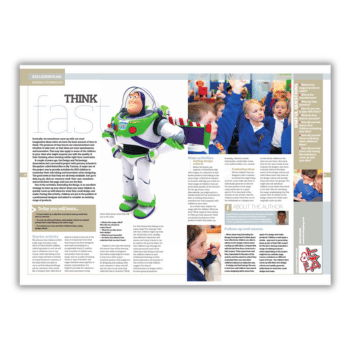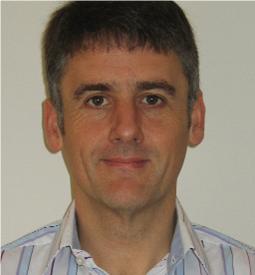Put children in the position of a professional designer and ask them to consider an existing range of products in this product design KS2 lesson. These activities for KS2 children will maximise their risk-taking and innovation when designing.
Ironically, we sometimes come up with our most imaginative ideas when we have the least amount of time to think.
The pressure of time forces our natural instinct and intuition to take over, so that ideas are more spontaneous and innovative.
This may also apply to some of the children in your class who might surprise you with the quality of their thinking when working within tight time constraints.
Product design KS2 learning objectives
- Look closely at a collection of products and say what they have in common
- Come up with quick ideas, using design criteria, for another product that could belong to the same range
- Evaluate your own and other children’s ideas, using design criteria
Starter activity
We all know that children in KS2 really enjoy the latest craze. Some of these involve children collecting products, such as soft toys or miniature cars or ‘top trump’ cards that belong to the same range and have a number of characteristics in common.
A few days before you plan to carry out this lesson, ask for volunteers who would like to bring in their collection of objects to show to the rest of the class.
It is important that what they bring in has been designed and made and belongs to a recognisable brand.
A number of children may own one product from the same range, such as a make of training shoes or type of bracelet, and might therefore work together to prepare a presentation.
It is helpful to provide the volunteers with some questions to help them think about what they will say to the class:
- What is the range called?
- Why did you choose to collect them?
- What do you like about their design?
- Which is your favourite?
- Are there any others in the collection that you don’t have?
Gareth Pimley is a freelance primary education consultant, specialising in design and technology and whole curriculum development.











